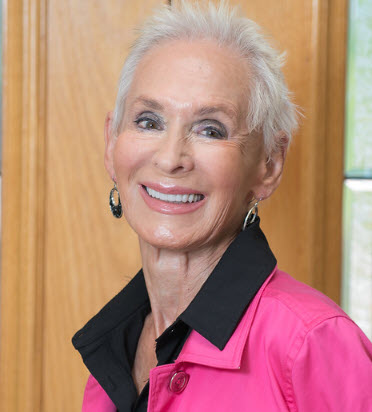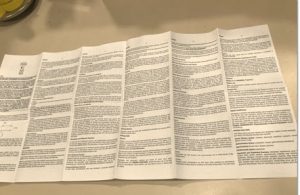

We’ve all seen the ads many times for medical alert devices: An older woman is lying on the floor crying for help because she can’t or doesn’t know how to get up.
It’s more than an advertisement for a medical alert gadget. It’s also a message that tells us that our culture is failing retirees in ways never considered. Is it possible that the woman on the floor could have learned how to prevent severe physical mishaps? Why aren’t those in early retirement not encouraged and helped to exercise and learn self-help techniques that would probably keep them out of a nursing home in the present as well as in the future? Indeed, people only do what they want to do or learn to do, but I am convinced that if “survival exercises” became a senior “in” thing, retirees would do them or at least try to do them.
But there is more to this situation. According to a Science Daily piece, 94% of older adults were prescribed drugs that raise the risk of falling. Further, from 1999-2017, more than 7.8 billion increased fall-risk medicines were prescribed to older adults in the US, and deaths from falls doubled. If you take more than one medication, and most people do, you owe it to yourself to understand the pitfalls (s) of the drug(s) you are taking. Don’t rely on your doctor to tell you all the side effects. He or she probably doesn’t know. You would understand why if you read the package insert discussed below.
What you can do to help yourself is ask your pharmacist for the “package insert” that drug manufacturers stuff into every bottle of medication that

is shipped out to drugstores. It’s a small but thick wad of paper that opens into a sheet about 10×12 or larger, double-sided with tiny print that tells just about everything there is to know about the drug. You may not understand most of the scientific jargon, but you will understand much in the adverse reactions or side effects section.
You may need a magnifying glass, but DO READ it. If you have questions, take the insert to your doctor and ask for an explanation of adverse reactions or side effects on the insert that you may be experiencing.
If the pharmacist says he doesn’t have the insert, it’s probably true. It’s one of the first things thrown away when a new bottle, for example, of 1,000 tablets, is opened to take out 30 tablets to fill a prescription.
Another risk for older individuals is a loss of balance. It may take a serious fall before you realize you have a balance issue. I didn’t know I had a problem until I started working with a trainer, and it became clear I could not do specific exercises because my balance was off. Fortunately, I discovered the 60uP program, and it has been a lifesaver.
To use the program, you will have to purchase a piece of equipment, and if you use it consistently and see results, it’s a small price to pay. I highly recommend it. It may take time to feel strong and stable again, (I thought I never would) but regaining stability is possible. If you don’t try, what’s a possible outcome? Lose your ability to stand and move with confidence? You CAN learn to help yourself.
Youth is free. It is interesting that young people are often addicted to exercise but stop after midlife gets in the way, and that’s unfortunate. If only young women could understand that to keep desired youthful assets. they have to continue to exercise. A woman can have a “smokin’ bod” well into old age if she sticks with her exercise program. As I said, in the older years, having youthful qualities is possible, but those qualities are no longer free. You have to work to keep what you have or once had. You can do it!
Excellent article, Barbara, with such valuable pointers.
Thank you, and God bless you and yours.